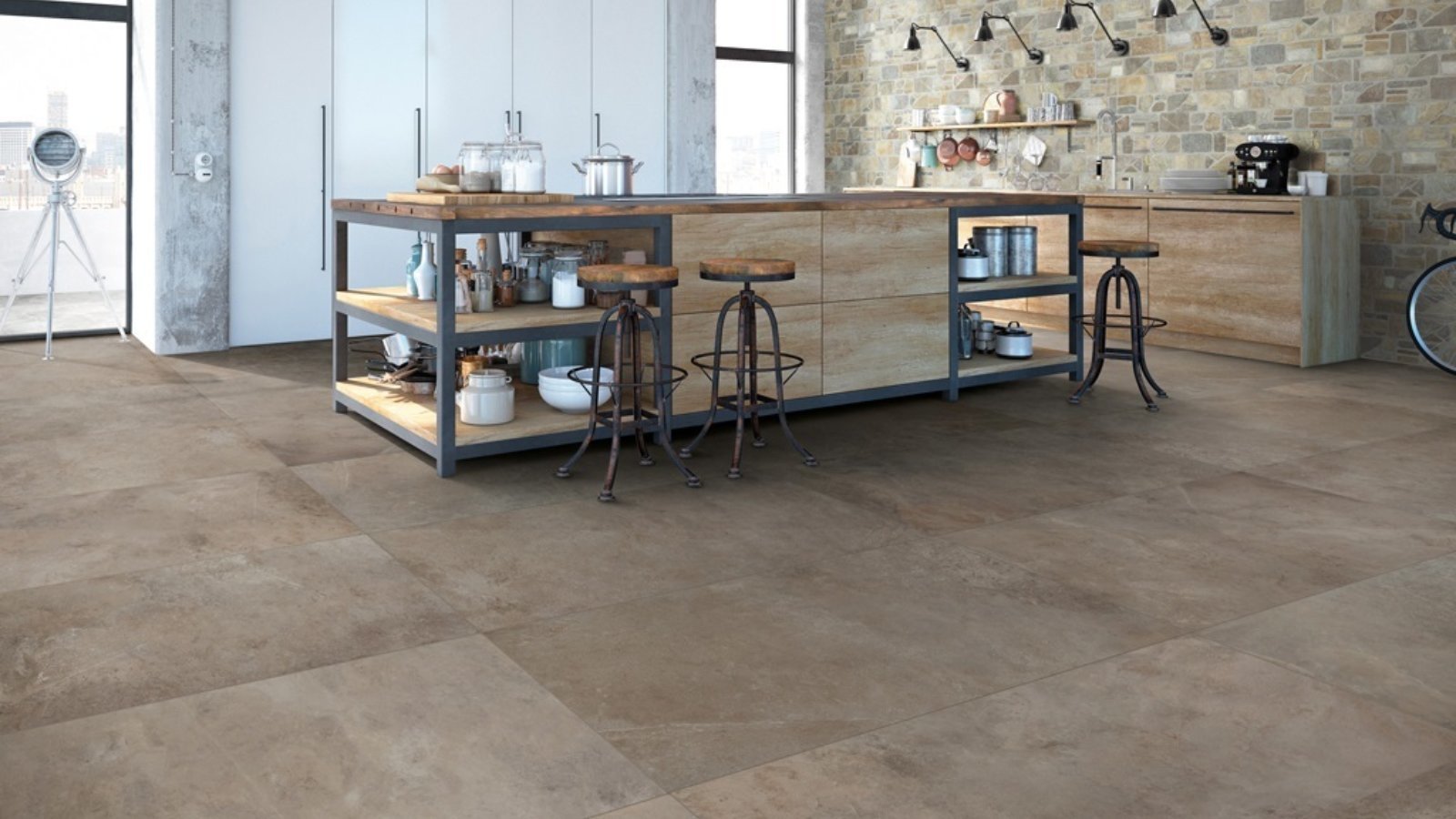Email cannot be empty
Password cannot be empty
Email format error
Email cannot be empty
Email already exists
6-20 characters(letters plus numbers only)
The password is inconsistent
Email format error
Email cannot be empty
Email does not exist
6-20 characters(letters plus numbers only)
The password is inconsistent


In winter, people like to stay in warm rooms, so floor heating ceramic tiles are popular among homeowners. But there are a lot of precautions and necessary information to know when you choose and use floor heating ceramic tiles.
Special bricks for floor heating must adapt to the high temperature characteristics of floor heating. Under normal circumstances, the pipe heating temperature is: 45~50℃, and the pipe return water temperature is: 8~15℃. The floor heating special bricks can neither damage the floor heating pipe nor affect the ground heat conduction when laying, so the thickness of the laying cushion must not exceed 12~15mm, otherwise it will affect the heat conduction. The commonly used laying methods are: suspension laying method and keel laying method. The steps are similar to the laying of ordinary ceramic tiles, but the difference: the expansion gap between the surface layer and the vertical surfaces such as inner walls and columns should be larger than that of ordinary ceramic tiles, and the gap should be greater than 12mm.

In fact, no matter what kind of tiles, the materials are relatively similar, the composition is almost similar, and there is basically no big difference due to the different use environments, so there are almost no restrictions on the choice of floor heating ceramic tiles, and ordinary tiles can be used as floor heating. ceramic tile. Generally speaking, as long as the quality is not too inferior, mid-range is fine. There are many kinds of ceramic tile specifications, but in general, branded ceramic tiles lead the fashion trend in terms of color and style, and the quality is guaranteed.
In order to better conduct heat, when laying tiles, the cement layer should be kept as low as possible under the premise of ensuring the quality, and the joints between bricks and bricks can be appropriately widened, which is conducive to thermal expansion. As long as you pay more attention to the construction, the floor heating tile laying basically will not cause problems.
If the indoor temperature changes significantly, thermal expansion and contraction will occur. If the expansion joints between the floor tiles are too narrow, there will be no extra space for the floor heating ceramic tiles to stretch, and the floor tiles will rise.
If the proportion of the cement river sand is not configured according to the standard, the bond between the floor tiles and the ground will become low, resulting in the cement cannot stick to the floor tiles, and the phenomenon of warping will occur.
When the boiler used for heating is turned on for the first time, the temperature is adjusted to a high level, so that abrupt changes in the indoor temperature will also cause the floor tiles to warp. The correct method should be to turn on the low temperature first, and then increase the temperature after preheating. The maximum temperature is not higher than 55℃.
The floor tile paving uses the dry paving method, and the tiles on the floor heating should be opened, and the expansion joint of about 0.5-1cm should be left at the root of the wall, and then the beautiful seam should be made.
When doing floor heating, we must start from the foundation, and strictly control the leveling of the ground, the extruded board, and the insulation paper. The cement leveling layer is about 2cm higher than the floor heating.
No, because tile glue is used for tiles. There are two ways of laying floor tiles, one is dry laying and the other is wet laying. The difference between the two is:
We are one of leading ceramic tile manufacturers, welcome to contact us for ceramic tiles that you want.